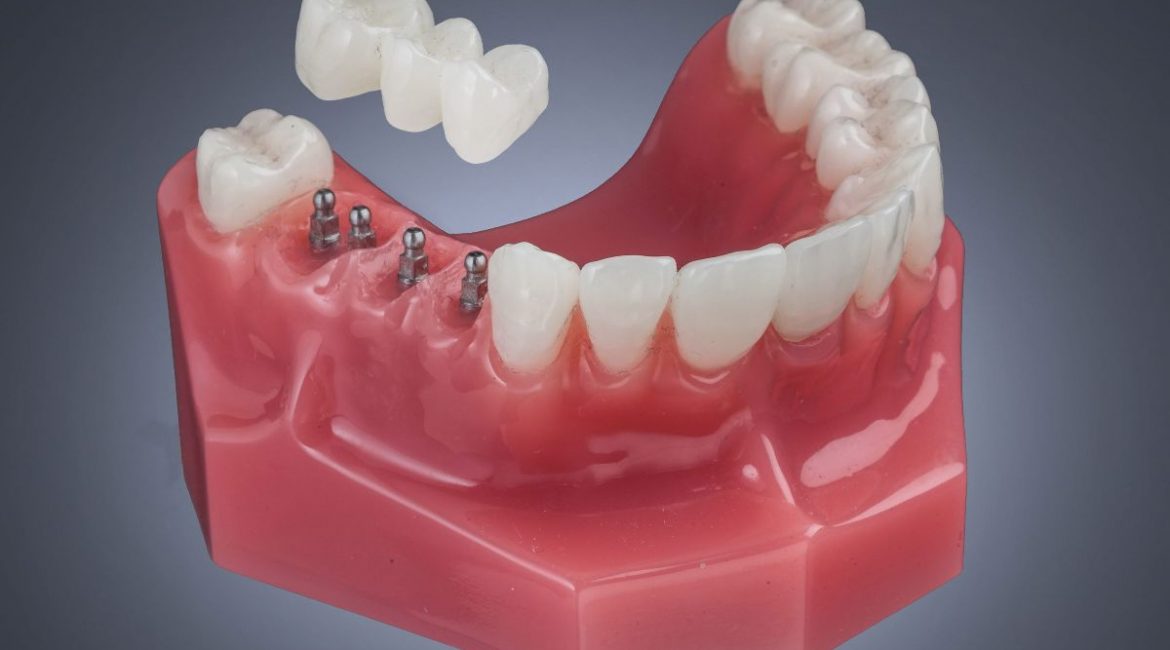A groundbreaking report from Harvard School of Dental Medicine illustrates how smaller sizes and high-tech placement procedures are allowing more people to be candidates for prosthetic teeth.
If you were once advised that you didn’t qualify for dental implant procedures, it’s time to revisit the issue with your dentist. Recent changes to dental implants are allowing more people to be eligible candidates for these life-changing procedures.
According to Dr. German Gallucci, Department Chair of Restorative Dentistry at the Harvard School of Dental Medicine, “In the last five years, we’ve learned that smaller implants can work just as well as regular-size implants, and this makes more people candidates for them.”
What is a Regular Size Implant?
A traditional dental implant is a titanium post which is surgically implanted into the jawbone. This implant serves as an artificial tooth root that strengthens as bone grows over the surface. After the implant stabilizes, an abutment is installed on top of the implant. Finally (up to 3-6 months later), a porcelain crown is placed onto the abutment, forming your new artificial tooth.
The Prosthetic Tooth
A dental implant functions and works just like your natural teeth, and generally lasts for about 20 years. However, Dr. Gallucci advises that roughly 20% of implants will require some repair by the 15-year mark. In some cases the implant will fail and not stay in the jaw, often due to a lack of supportive bone or poor dental hygiene.
The Importance of Size
A regular-size implant ranges from 3 to 5 millimeters in diameter and requires a significant amount of jawbone to withstand force as you chew. In the past, patients lacking sufficient jawbone to accommodate the implant – usually due to gum disease or an extraction – often needed to undergo a bone graft to increase jawbone volume. This added months to an already lengthy process as well as expenses to an already pricy procedure (ranging from $2,000 to $6,000 per implant).
A New Option for Patients Needing Prosthetic Teeth
Fortunately, a new option now exists for patients lacking sufficient jawbone for dental implants. ‘Mini’ dental implants are half the width of traditional implants, ranging from 1.8mm – 2.4mm in diameter. Unlike regular implants that require an abutment to be attached after the implant stabilizes over time, the mini implant has a built-in abutment.
Advancements in Placement
Improvements in technology have helped dentists to place implants with greater precision. A three-dimensional rendering of the mouth and jaw helps dentists to determine which implant size and type will work best, and exactly where it should be placed. Dr. Gallucci compares this ‘digital cast’ process to GPS for dentistry, a practice which will be the standard of care in the coming years.

